Collaborate with LLNL Engineering
Transformative Technology, Crucial Collaborations
Engineers at LLNL collaborate regularly with industry, academia, other national labs, and government institutions. Partners range from the Department of Defense, Kansas City National Security Campus, Los Alamos National Lab, and DARPA to Autodesk, Material Sciences Corporation, and IBM.
Our Centers provide a collaborative intellectual space for partnering with the Lab on projects of mutual interest. Our Facilities are where collaborative endeavors become reality through fabrication and iteration.
About Engineering Centers & Facilities
Centers are “gateways into the Lab” that provide a collaborative intellectual space for partnering with the Lab on projects of mutual interest. Facilities are where collaborative endeavors become reality through fabrication and iteration.
LLNL solicits collaborative ventures with universities, industry, and U.S. agencies in order to:
- Improve our science and technology
- Speed the transformation of applied research into national-security deliverables
- Move new technology out of the Lab and into the marketplace for the benefit of U.S. industry
- Advanced Manufacturing Laboratory (AML)
- Center for Bioengineering
- Center for Advanced Signal and Image Sciences (CASIS)
- Center for Design Optimization (CDO)
- Center for Engineered Materials and Manufacturing (CEMM)
- Center for Micro and Nano Technology (CMNT)
- Nondestructive Characterization Institute (NCI)
- Why Work with Us

Advanced Manufacturing Laboratory (AML)
The Advanced Manufacturing Laboratory (AML) is part of the Livermore Valley Open Campus (LVOC)—a 110-acre open and unclassified innovation hub for stimulating collaborative projects with external partners in government, industry, and academia. LVOC is a joint initiative of the National Nuclear Security Administration, LLNL, and Sandia National Laboratories.
Current AML capabilities include:
- HPC modeling and simulation for designing high-performance materials, architected materials and structures, devices, components, and assemblies
- Developing unique, custom, high-quality feedstocks and nanomaterials
- Inventing and maturing advanced manufacturing processes
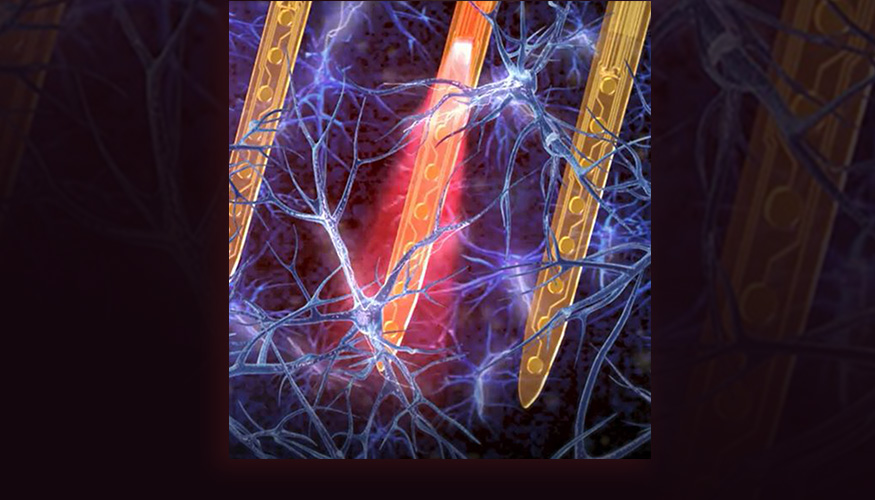
Center for Bioengineering
The Center for Bioengineering applies its tools and principles to complex, biological systems. Our mission challenge is to enable transformational solutions to counter biological threats and increase national resilience.
Since we know that early biological threat analysis and assessment provide the best bio-engineered materials to provide national security, we have a long history of delivering bioengineering enabled solutions, from the 1980s’ High-speed Cell Sorter to the last year’s rapid antibody design in the face of COVID-19.
Current Center for Bioengineering thematic foci include:
- Sensors and devices
- Human organ models
- Artificial intelligence and machine learning for precision medicine
- Biomaterials and biomanufacturing
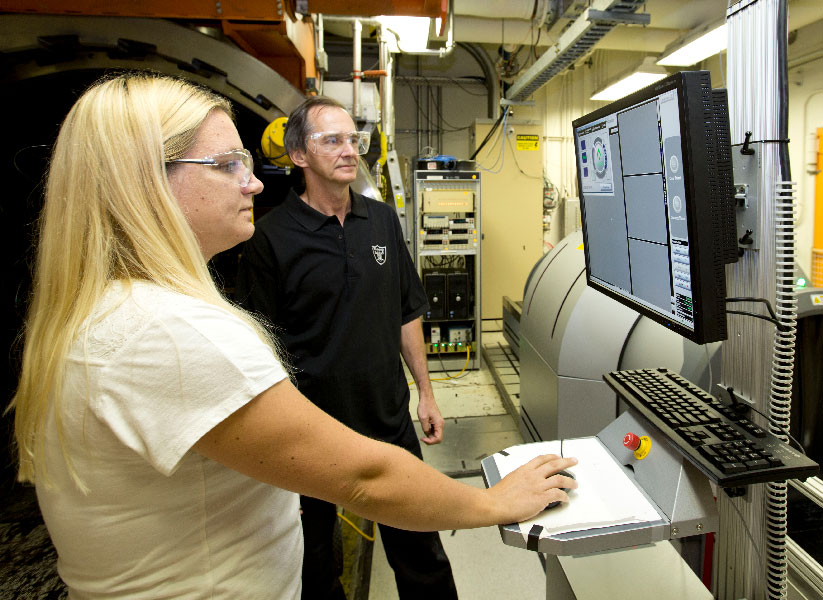
Center for Advanced Signal and Image Sciences (CASIS)
The Center for Advanced Signal and Image Sciences (CASIS) establishes a forum where research scientists and engineers can freely exchange information and ideas, focused on the areas of the signal and image sciences.
CASIS capabilities include:
- Adaptive optics
- Computer vision and video analytics
- CT reconstruction and analysis
- Machine learning and pattern analysis
- Novel sensing modalities
- Radiation detection and isotope identification
- Signal and image analysis at the National Ignition Facility
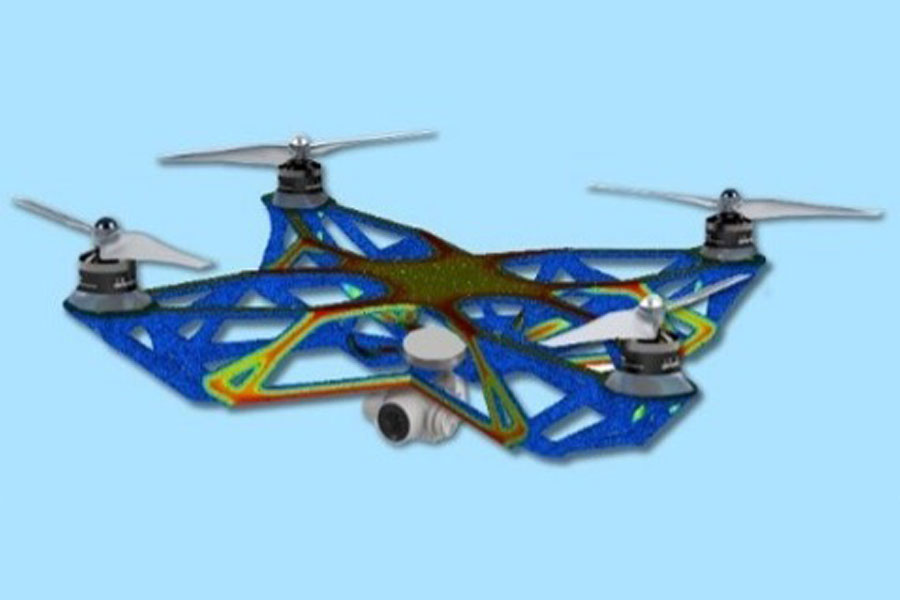
Center for Design Optimization (CDO)
The Center for Design and Optimization (CDO) optimizes the ever more complex systems governed by the nonlinear, dynamic, multiphysics, or multiresolution phenomena afforded by LLNL’s advanced manufacturing technologies.
Our primary effort is developing the Livermore design optimization (LiDO) code, which engineers and designers use to optimize multifunctional systems. LiDO uses LLNL’s High-Performance Computing (HPC) libraries to solve problems with ~109 design variables.
CDO capabilities include:
- Optimizing macroscopic structures with high fidelity simulations to ensure accurately predicted performance
- Designing metamaterials with unique mechanical, thermal and electromagnetic properties
- Maximizing performance of macroscopic structures by leveraging our optimized metamaterials
- Revolutionizing the design of energy, fluid, and chemical transport systems
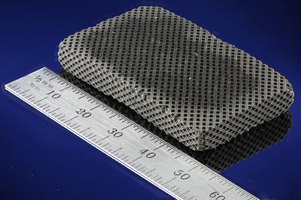
Center for Engineered Materials and Manufacturing (CEMM)
The Center for Engineered Materials and Manufacturing (CEMM) spans multiple laboratories, innovating additive manufacturing techniques to create structural and functional materials with novel capabilities. The center also serves as an incubator, training future additive manufacturing talent.
At a high level, CEMM capabilities include:
- Extrusion-based additive manufacturing
- Light-based additive manufacturing
- Energy-based additive manufacturing
- Field-based additive manufacturing
Center for Micro and Nano Technology (CMNT)
The Center for Micro- and Nanotechnology (CMNT) works with materials, devices, instruments, and systems that require microfabricated components, including microelectromechanical systems, electronics, photonics, micro- and nanostructures, bioimplantable devices, and micro- and nanoactuators.
We supply novel national-security infrastructure support by customizing microelectronics and micro-sensor technologies for unique applications specific to LLNL and the Department of Energy.
CMNT capabilities include:
- Highly integrated bio-microsystems for sensors and medical devices
- Photonic microsystems for high-speed signal and data acquisition
- Micro-electromechanical systems for sensing and actuation
- Radiation sources and detectors
- Scalable power systems for micro- and mesoscale devices
- Broad semiconductor device capabilities
- Broad material permissions and non-conventional processing
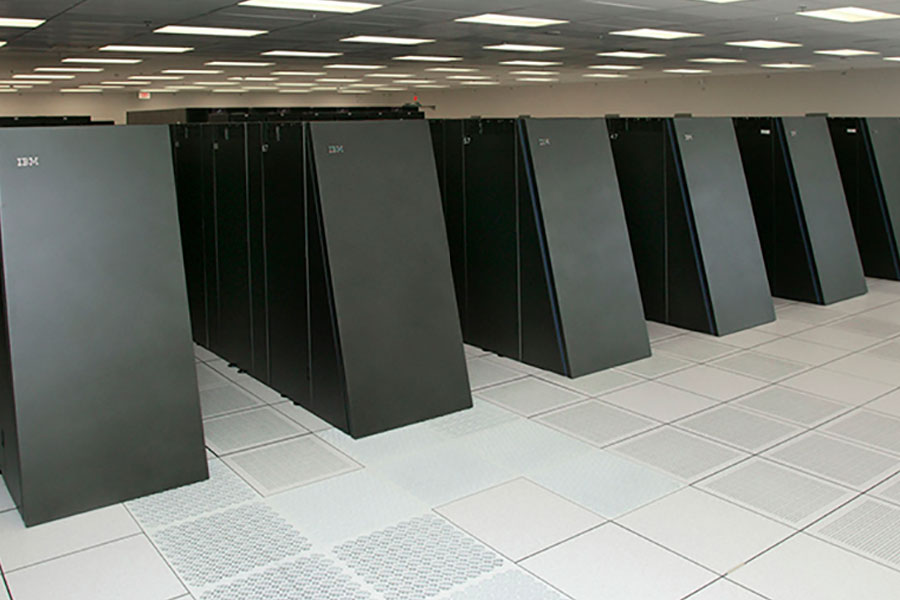
Nondestructive Characterization Institute (NCI)
Nondestructive characterization aims to understand the internal physical properties of a material, component, or system without causing damage. The Nondestructive Characterization Institute advances the fields of non-destructive evaluation and characterization through collaborative research and development applied to real-world national security problems.
Current major R&D activities for NCI include:
- X-ray signatures of homemade explosives
- Evaluating systems to detect radiological and nuclear materials in cargo
- Advanced few-view reconstruction algorithms for tomography
- Acoustic emission and non-linear evaluation of additively manufactured parts
- Transducer ultrasonic testing
- Laser-based ultrasonics testing of AM parts

Why Work with Us
LLNL Engineering is advancing the frontiers of the field, from additive manufacturing and sensing to image processing and data science. Working with us offers access to leading researchers and technology that would otherwise be out of reach for many organizations.
Collaborative facilities and centers like the Advanced Manufacturing Laboratory enable successful partnerships like the one between LLNL Engineering and 3D printing company Volumetric. LLNL’s computational and materials engineers provided essential expertise in lens design, optical subsystems, and diagnostics that enabled Volumetric to reach the resolution, speed, and build size required to make whole-organ bioprinting conceivable.
Interested in Partnering?
Opportunities for industrial, university, and agency partnerships
Explore what a collaboration with your organization might involve. Fill out the form below to get started.





